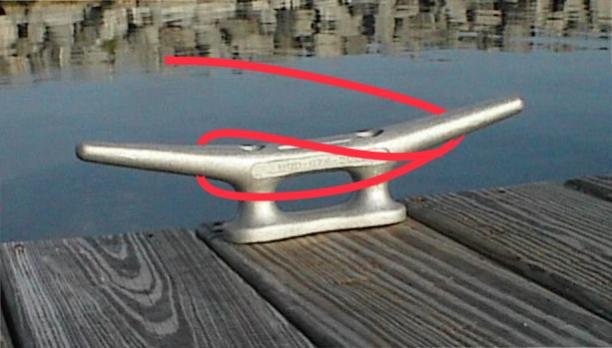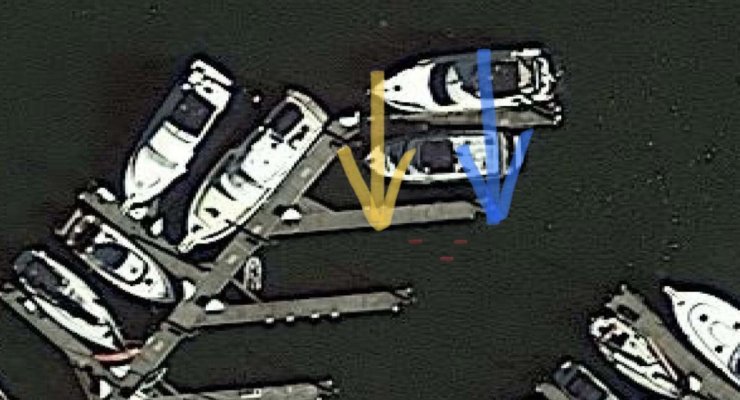Just don't take out your pulpit, caprail and railings.

I had this exact situation 3 days ago at IMC Marina, Fishermen's Bay, Lopez Island, San Juan Islands, WA.
Here is what I posted to my blog (written for non-mariners so be kind!):
We found ourselves in a difficult situation with potential damage to the boat or worse and we had to make a decision, do we stay or do we go?
We were tied up at IMC which is a marina in Fisherman’s Harbor, Lopez Island, San Juan Islands, WA. We had planned to spend 3 nights there. Fisherman’s Harbor has a narrow, shallow, winding entrance channel which is not dredged and which is only recommended to tackle on a rising tide.
It is the full moon. That makes for extremely high and extremely low tides. In fact the low tides are 3’ below the chart’s minimum rated depths, and the channel is shallow and difficult at all stages of tide.
When we arrived in Fisherman’s Bay we made sure to come in on a rising tide. It was slightly stressful but only 3/10. We tied up safely and had two days of exploring the island.
Checking the tides for our departure, the ideal departure time was 03:00 a.m. and it got worse every hour past that. We revisited our plans and found a departure window when we could leave, early, at 15:00 hours a day early. If we did not take this opportunity we would be stuck for several days before a daytime favorable tide occurred, so. We made our apologies to the Marina, who are awesome, and they kindly refunded our last night’s stay. We prepped the boat, but anxiously watched the current in the marina.
We are pressed against the dock by a 5 knot current. None of our docklines are under any tension, we are simply pinned by the tide. The tide is our friend in terms of getting out through the shallow narrow twisting channel, because if we do run aground, the rising tide will help us get off. But right now it is our enemy and it gives us no easy option to get off the dock.
After consulting with the harbormaster and crew, I devised a plan. We were unable to move the bow off the dock using the bow thruster, the press of current was too strong. We couldn't hike the stern out using a spring line and back out because the flared bow of our boat was firmly pressed against a creosoted piling, protected only by a flat fender board. But if we could use bow and stern thrusters together we could relieve the pressure on the dock and piling and, hopefully, get us a few inches off the dock against the wind. Then in reverse we could, again hopefully, reverse off the dock without hitting the signage structure at the end of the dock or the boat tied up beyond it. That would give us 50’ to back the boat, turn it and head into the channel without running aground. We are 72’ so it was like backing a car into a parking slot while the whole tarmac is moving 5kts towards you.
Well we made it. We missed the structure at the end of the dock. Joan was right there, and says we missed it by an inch. I didn’t see it but I heard the fear in her voice over the headsets so I believe it.
We got the boat stopped in the “parking lot” without running aground. Hit the afterburners and headed forwards out into the channel looking for a quiet anchorage and an extra shot of rum.
~A



